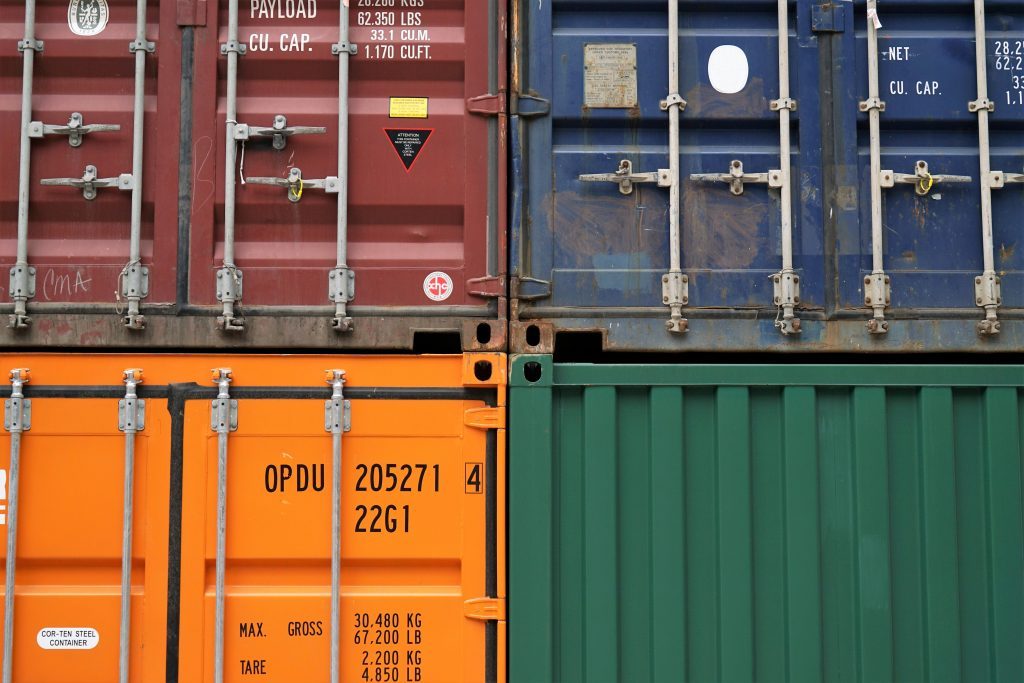In an NBC investigative report, footage shows what looks like the inside of a Costco warehouse — complete with crates of food and drinks. In fact, it’s a crime ring’s storage facility in Texas. And the rows of crates are stolen food cargo.
Food cargo theft is on the rise because thieves know the cargo is an easy target. And that has authorities, trucking companies and food industry people on the hunt for a solution.
Thieves are going after food cargo because…
Nuts don’t come with serial numbers
Food crooks know that a truckload of, say, hazelnuts is hard to track. In fact, in the last few years, thieves have targeted California’s nut industry. One of the many nut heists included a 30,000-pound load of almonds; the load was diverted and never reached its destination.
The challenge is that thieves generally operate within large, well-organized crime rings. And that makes them hard to catch. They’re slick, often embedding themselves physically and online in the supply chain.
We consume the evidence
Another thing that makes food cargo an attractive target is that it’s consumable. So, when criminals hijack truckloads of meat and seafood, the goods are quickly dispersed into the food chain and consumed — no serial numbers, no tracking devices, no evidence.
This also threatens the food system. As stolen meat or seafood makes it to market, the thieves and accomplices do not care about expiration dates or food adulteration. And that puts consumers at risk.
Low price point equals low security
Additionally, food cargo is an attractive target for criminals due to is its low price point. Criminals know that the “lower value” loads are generally not trackable and come with lighter security.
A solution…with problems
Of course, food businesses are looking for ways to protect their freight once it’s on the open road. More shipping companies are using embedded tracking in food loads, as well as in-cabin monitoring. This allows shippers to monitor the load end-to-end and in real-time.
But these solutions come with concerns…
For example, truckers who choose to drive for the freedom of the open road are at odds with the “Big Brother” feel of some monitoring systems. And that’s not good for an industry struggling to shore up its workforce with new, reliable drivers.
Additionally, adding sophisticated technology to every tractor and trailer-load requires a financial commitment. And that expense has to be absorbed somewhere down the food line.
All round vigilance will help
Protecting food cargo is an ongoing and complex task. And more shipping companies are implementing tracking systems to deter thieves. But technology alone is not the answer. Success will require vigilance at all levels. That may include drivers choosing safer truck stops and warehouse owners scrutinizing new employee applications.
Additionally, cargo hubs in the U.S. will need funding at state and city levels to create cargo task-force teams and train local police officers in cargo-theft prevention.
Ultimately, better protection for food cargo is taking shape – one truckload at a time.
At Ingredient Exchange, we work diligently with our shipping partners to ensure safe cargo delivery. What are your thoughts on food cargo theft and prevention? Please let us know in the comments.
Also, do you need help buying, selling or recycling your food ingredients? To start a conversation, you can reach us here.
Image credit: Erwin Hesry



